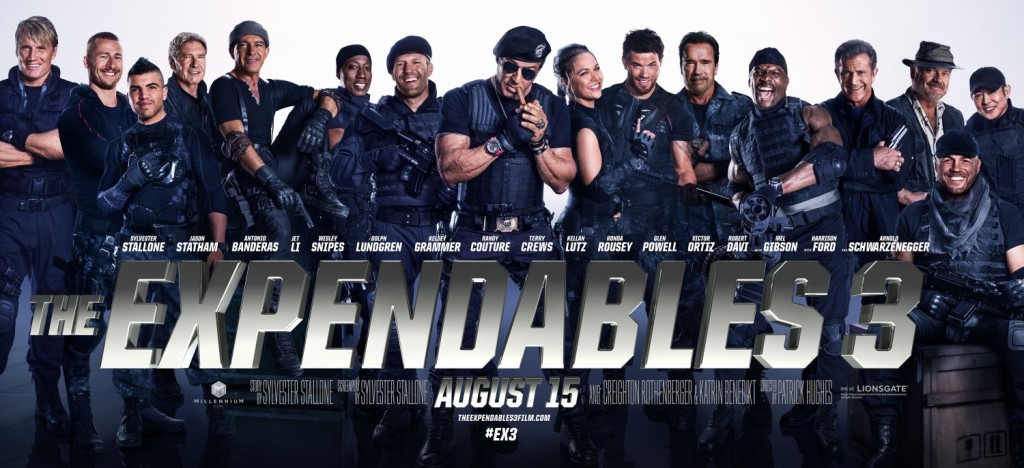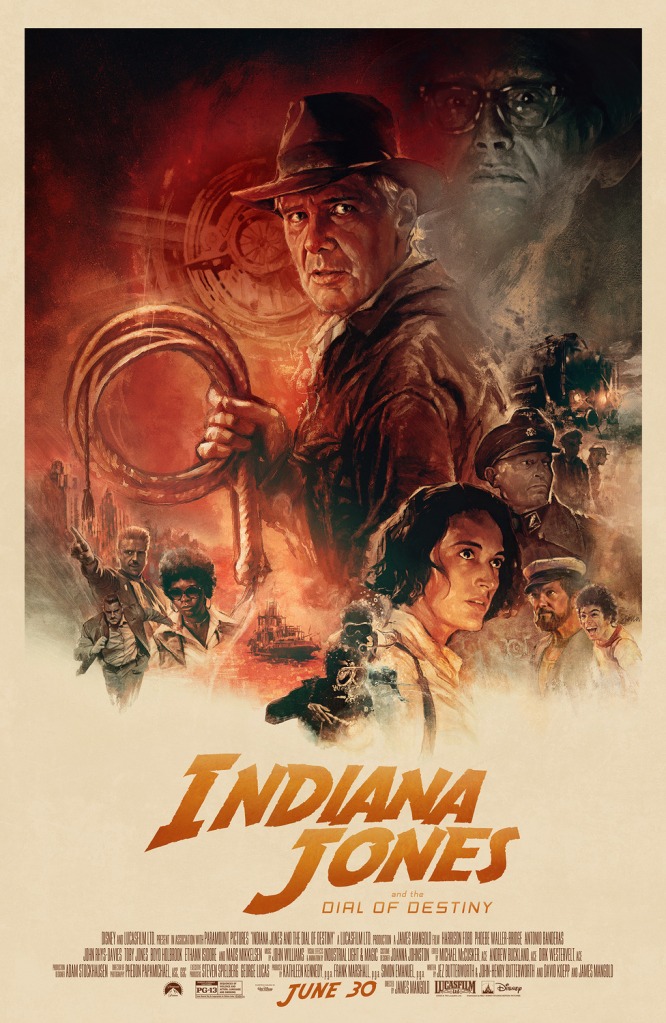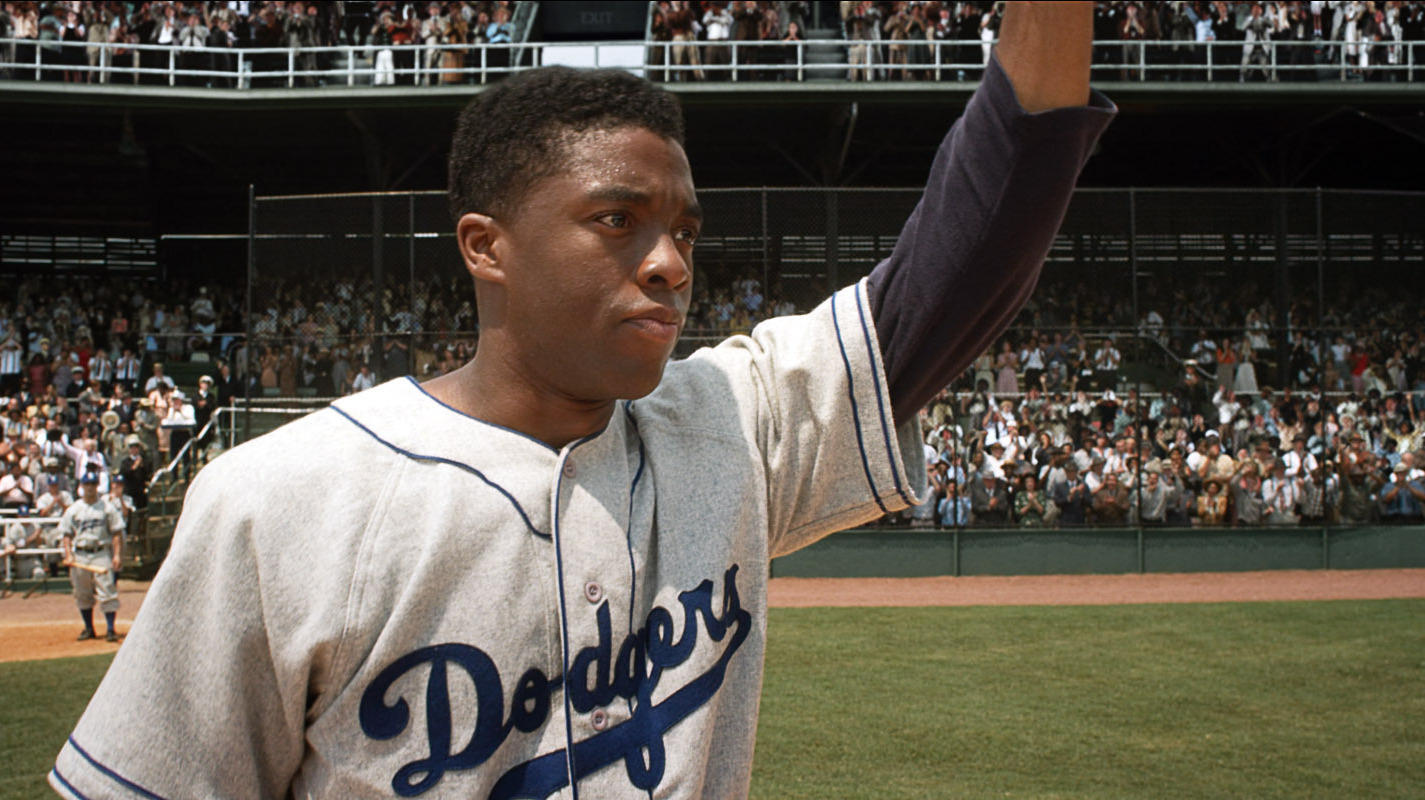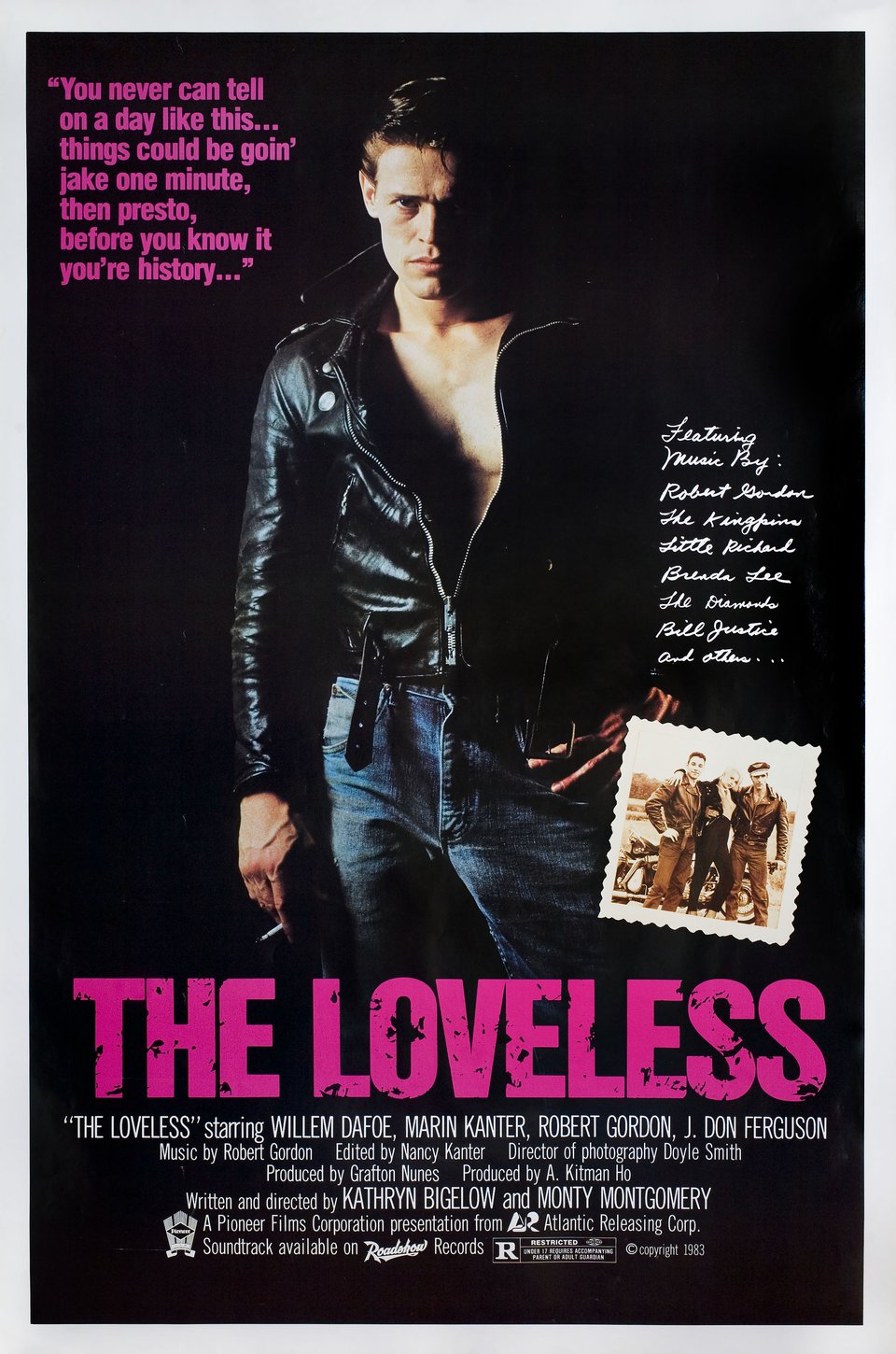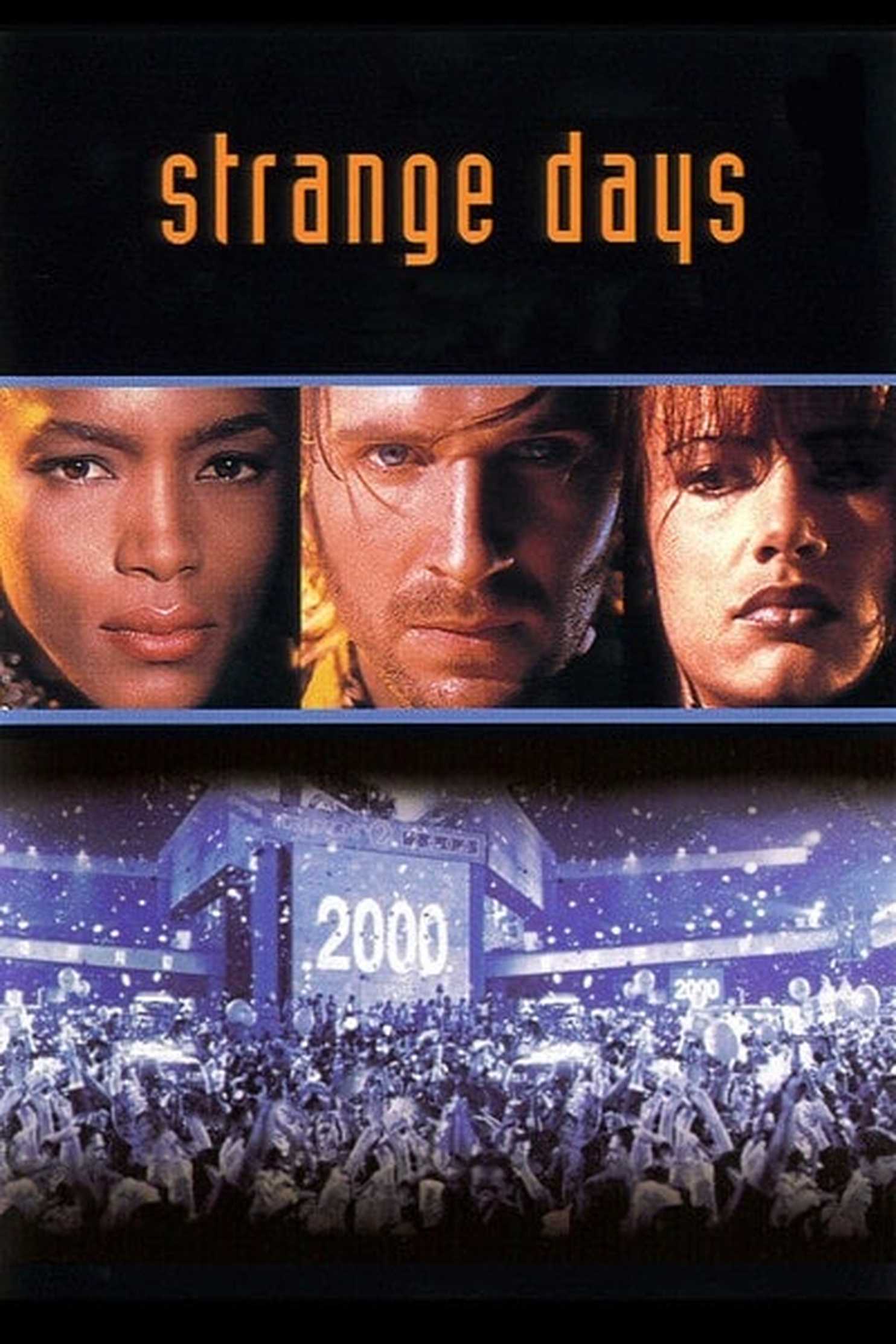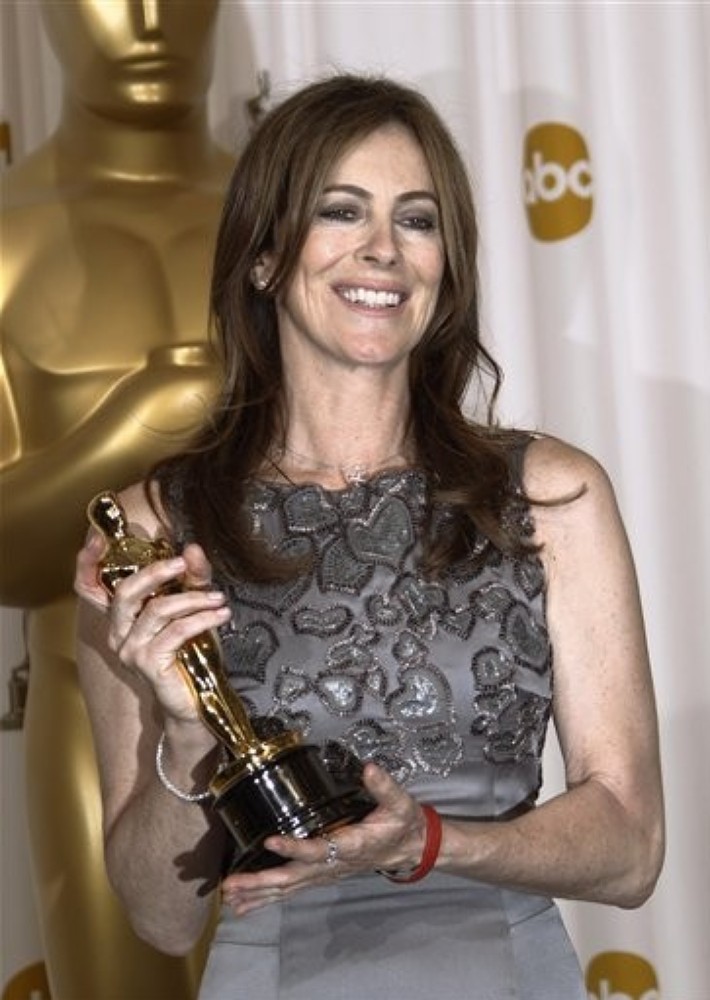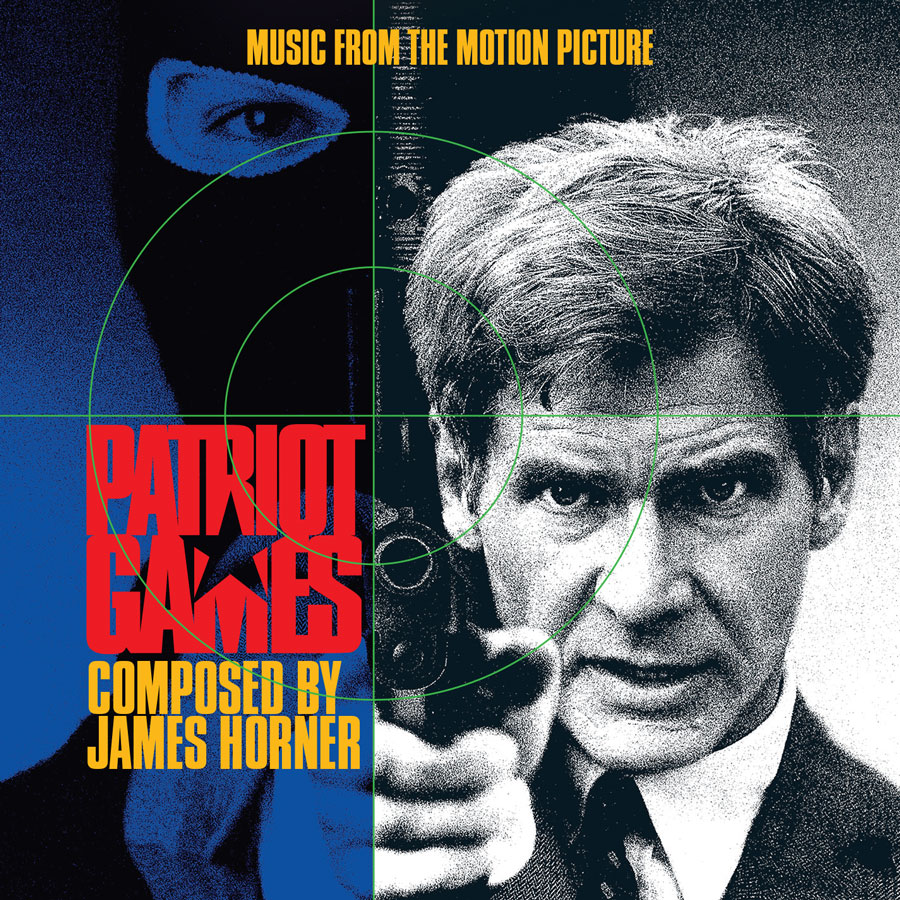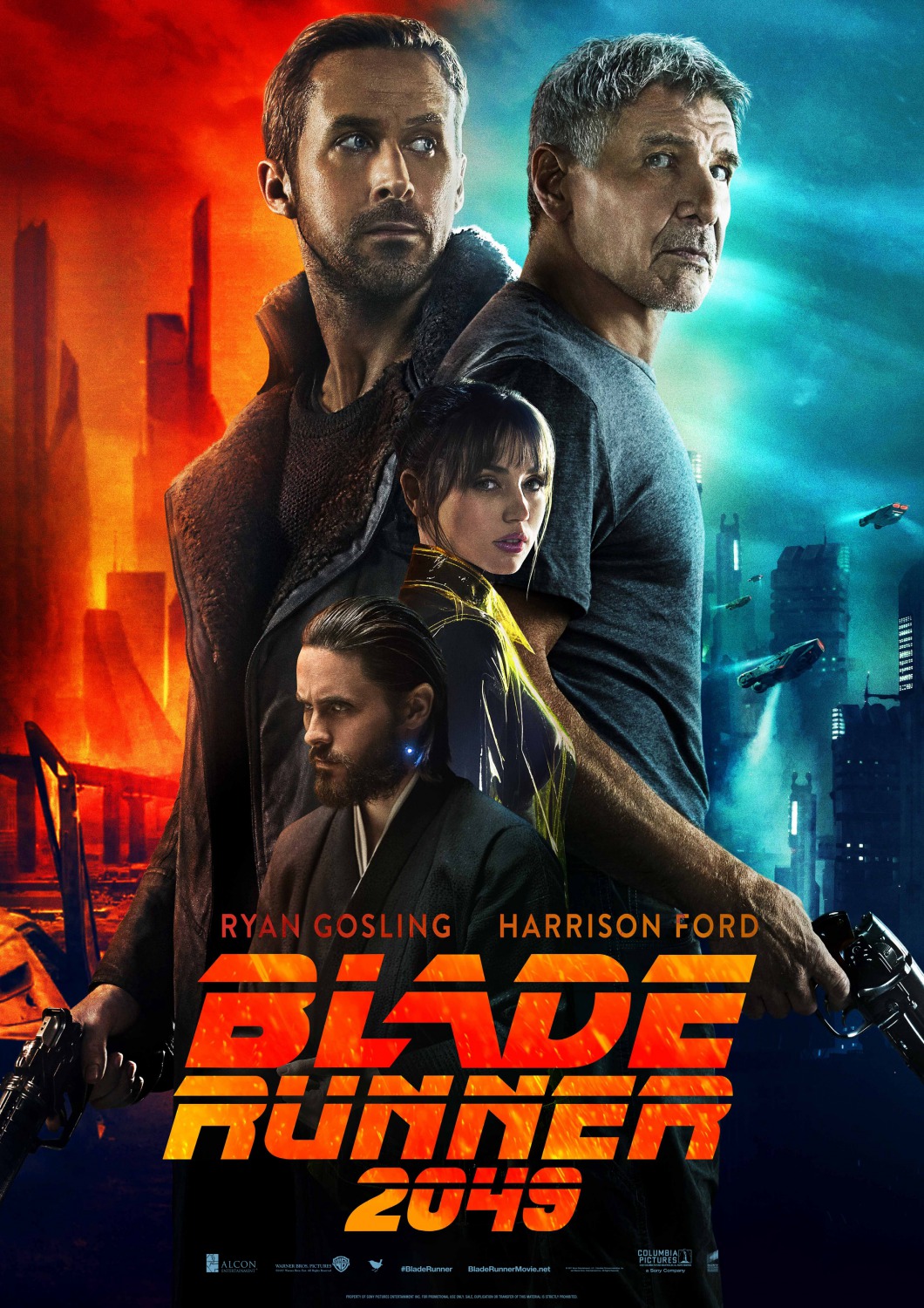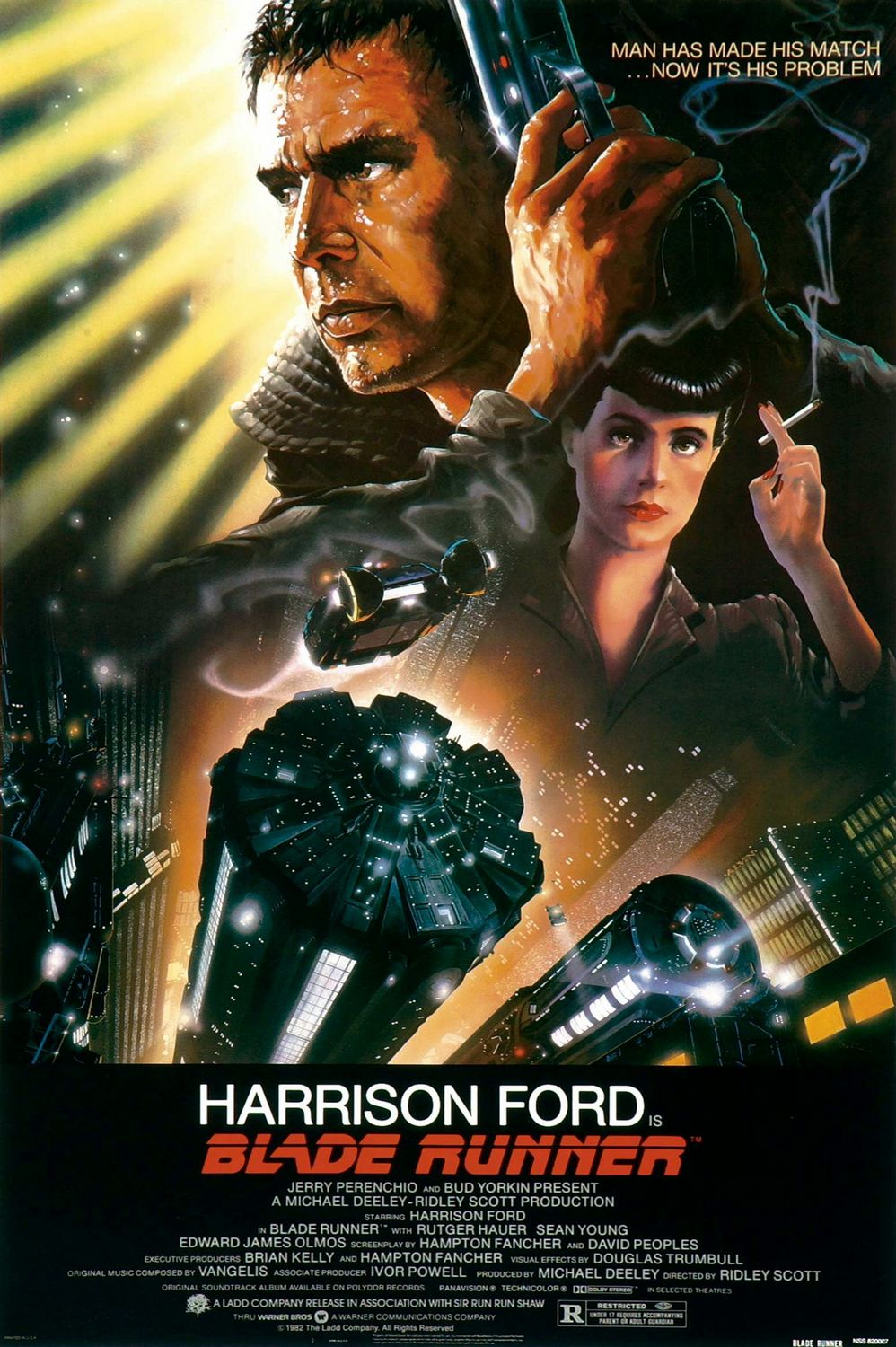‘The Fugitive’ Movie and 4K Review
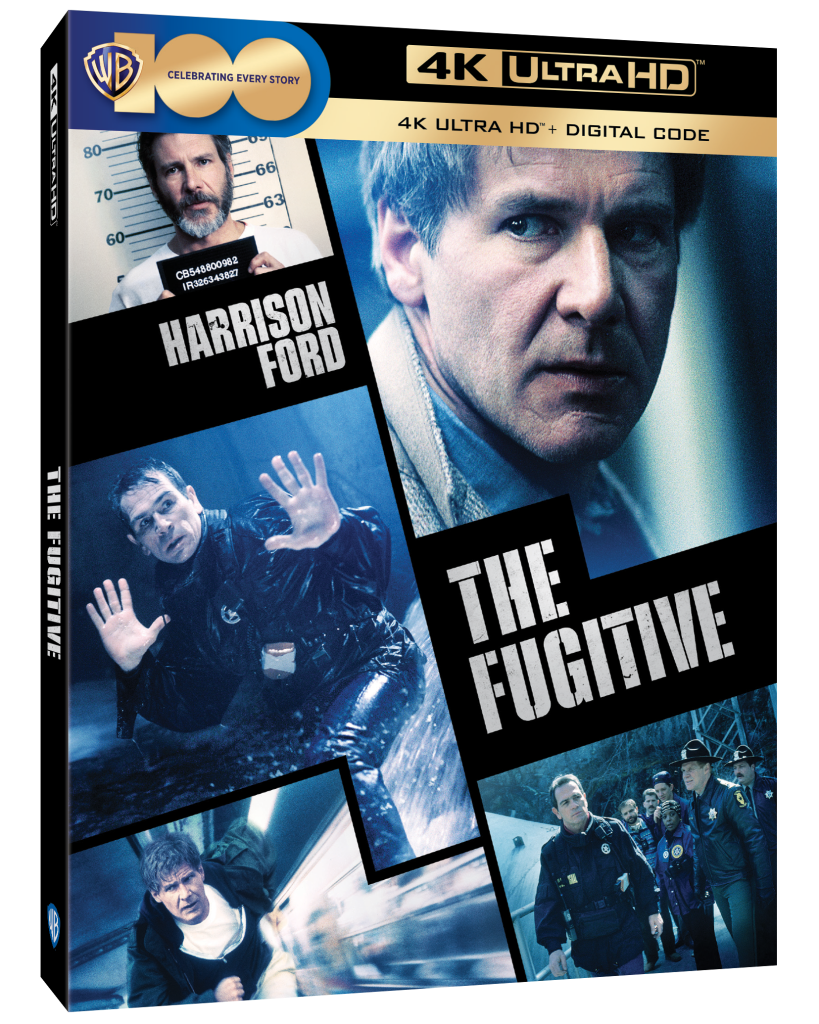
The following review was written by Ultimate Rabbit correspondent, Tony Farinella.
It’s rare I use the word perfect to describe a film, but it certainly applies to 1993’s “The Fugitive.” Now, when I say this film is perfect, I’m not saying it is one of the greatest films in the history of cinema. It is perfect because it is a film that is exactly what it needs to be for its genre in terms of what is expected of it and how it goes out and executes its formula. When I’m using that as my template, it’s a perfect action/thriller flick. The film is two hours and ten minutes, and there is not a wasted moment or scene throughout the course of its running time. It’s one of those movies where it has you hooked in its story from start to finish.
The film stars Harrison Ford as Chicago surgeon, Dr. Richard Kimble, who is thrown in prison after being falsely accused of murdering his wife, played by Sela Ward. Richard says a one-armed man did it, and he’s completely innocent. However, all of the clues make him look guilty. The police think he did it because his wife had a lot of money and a lucrative life insurance policy. With no signs of forced entrance, all signs point to the husband. At the moment, he doesn’t have a leg to stand on in their eyes.
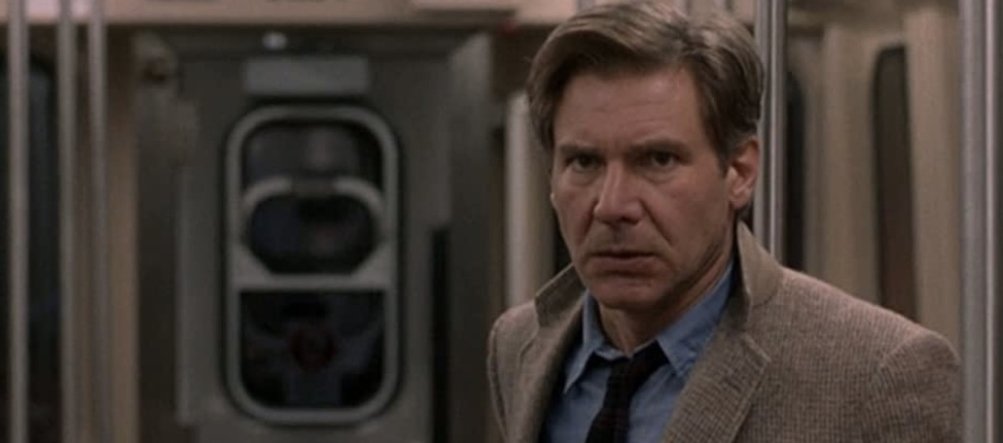
Kimble is able to escape from prison when his transportation bus is hit by a train on its way to death row. He’s now free, and he is bound and determined to prove his innocence and find this one-armed man. Deputy US Marshal Samuel Gerard (Tommy Lee Jones) has one mission in life now: to catch Richard Kimble and bring him back to death row. From here, we are treated to a delightful game of cat and mouse between Harrison Ford and Tommy Lee Jones. Throughout the course of the movie, Ford is always one step ahead of him, even when they are face-to-face. His character is incredibly smart and wily. Because of this, he’s not going to make any mistakes or leave himself vulnerable to getting caught.
Ford is really, really effective at being a charming and intense underdog to root for in “The Fugitive.” On the other hand, Jones’ character is also incredibly well-written and fleshed out by the script, which was written by Jeb Stuart and David Twohy. He’s not really a bad guy or a villain. He’s just doing his job, and, at the time, is completely unaware of the fact that Richard is innocent. He also brings great comedic timing to the role, which makes for a fun action film that doesn’t take itself too seriously. It’s a performance which relies on his perfectly timed facial reactions. Veteran action director Andrew Davis also knows how to make the big action scenes mean something, as the pacing here is terrific. He trusts his actors, and he trusts his script as well.

The movie was partially filmed in Chicago, and Chicago plays a big part in this movie. He captures the hustle and bustle of the city with a great visual eye. The cinematography is top-notch, as it also shows the toughness and the grit that comes from the city. When you have great acting, great direction, a great script, and a great sense of place, you have a great action movie. There are so many scenes that were brilliant because they never insulted the intelligence of the audience. When Ford is able to get free from Jones time after time, it makes sense because of the set-up and the execution of the scenes.
I’m embarrassed to say this, but this was my first time watching “The Fugitive,” either the movie or the TV show. As they say, better late than never. I wish Hollywood would do more brainy action films like this today. It really starts with trusting your screenplay and your actors. When you have that, everything else falls into place. This is a great film with tons of action, suspense, and a sense of humor that is put in at just the right moments. They didn’t overdo it with the comedy to where it was poking fun at the movie. It was done because the moment and the scene called for it.
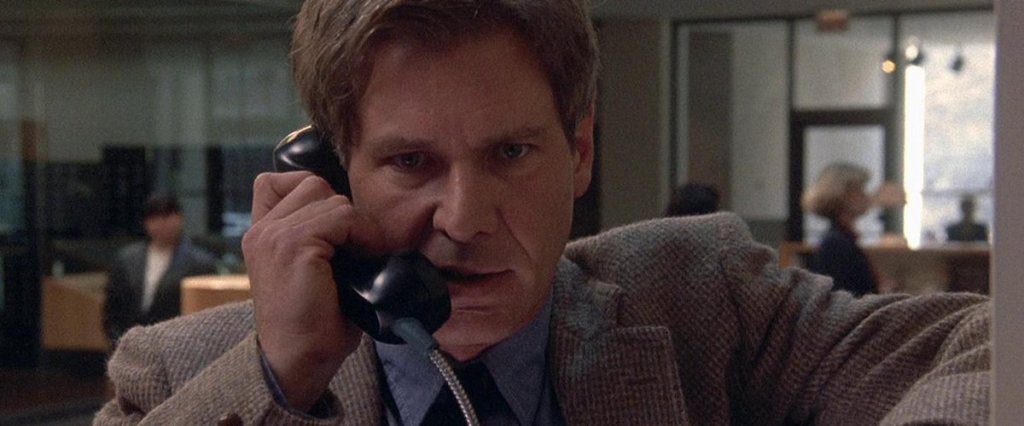
There is also a great supporting cast here, filled with actors and actresses you have come to know and love such as Julianne Moore, Joe Pantoliano, Ron Dean, Jane Lynch and Neil Flynn. “The Fugitive” is fun with a capital F. It is a film I look forward to revisiting many times in the future now that I own it on 4K. It’s remarkable how they were able to cram so much into this movie without it ever feeling tedious or laborious. It’s a movie where you are invested in everything happening on screen, and as Roddy Piper once said, “Just when you think you have all the answers, I change the question.” You find yourself as an audience member wondering how Dr. Richard Kimble is going to find his way out of a jam, and he does it time and time again. Even though it took me far too long to sit down and watch “The Fugitive,” it was well worth the wait. I love this movie.
* * * * out of * * * *
4K Info: “The Fugitive” is released on a single disc 4K from Warner Brothers Home Entertainment. It comes with a digital copy of the film as well. It is rated PG-13 for a murder and other action sequences in an adventure setting. It has a running time of 130 minutes.
4K Video/Audio Info: Let’s start with the visuals on this film: WOW! This film looks incredible on 4K. You are able to see all of the pores on the actor’s faces, and they have really brightened up the look and feel of this film without making it look too over-saturated or washed out. They have cleaned up the picture a lot while also maintaining the cinematic grain that is part of the film’s charm. This is one of the best looking 4K’s of 2023. The Dolby Atmos soundtrack is also lively without being too punchy or loud. It’s perfect. I give both the audio and visuals an A+ here.
Special Features:
Introduction by Andrew Davis and Harrison Ford
Commentary by Andrew Davis and Tommy Lee Jones
“The Fugitive: Thrill of the Chase”
“On the Run with the Fugitive”
“Derailed: Anatomy of a Train Wreck”
Theatrical Trailer
Should You Buy It?
“The Fugitive” is celebrating its 30th anniversary with this 4K release on November 21st, and let me tell you right now, this is a day one purchase if you are a film historian and lover. If you have seen the film before and own the Blu-Ray, you need to upgrade to this magnificent 4K that showcases everything that is beautiful about HDR and Dolby Atmos. If you have never seen the film before, like yours truly, you can confidently buy this film on day one without hesitation or regret. It is worth every single penny. There is also a 4K steelbook release, which looks awesome! Warner Brothers did a magnificent job with this 4K transfer of “The Fugitive.” Yes, the special features are imported over from the Blu-ray, but at least you get them here, including a commentary track with Tommy Lee Jones and Director Andrew Davis. I loved this movie, and I equally loved what they did with this release. It comes HIGHLY recommended!
**Disclaimer** I received a copy of this film from Warner Brothers to review for free. The opinions and statements in the review are mine and mine alone.
